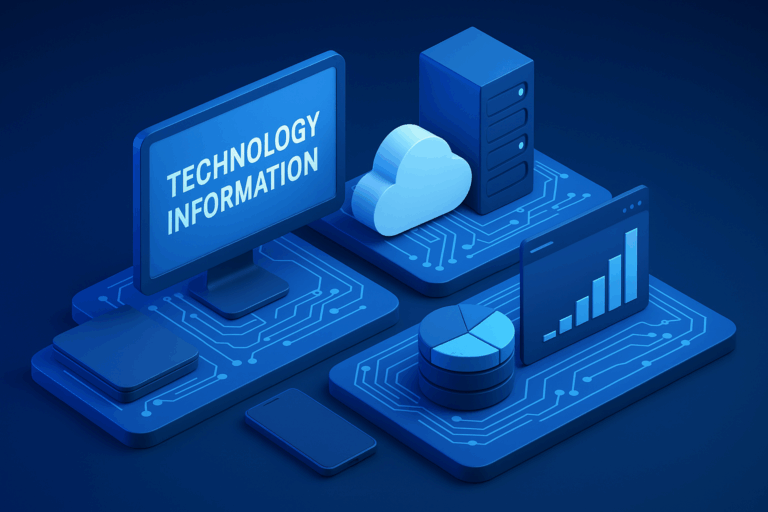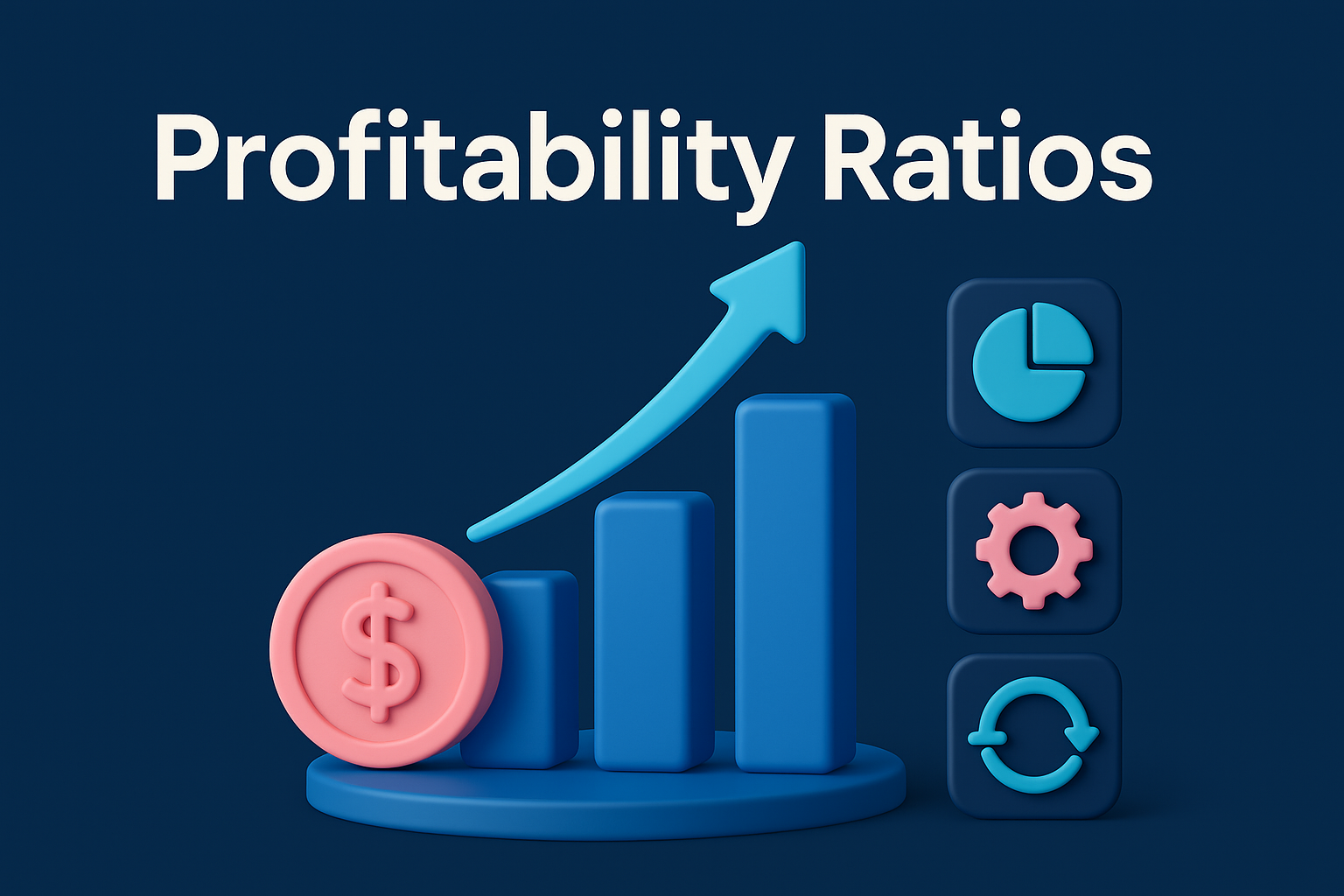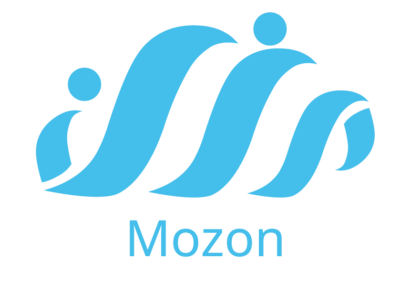Introduction: Where Does Information Begin?
In 1948, the American engineer and scientist Claude Shannon presented a short scientific paper titled “A Mathematical Theory of Communication,” unaware that this paper would become the cornerstone of a science that would change the entire world — the science of Information Technology. In his equations, Shannon turned ideas into measurable units: the bit, redefining the very meaning of information.
But Information Technology is not just theories. It is the digital pulse that now flows through every aspect of our lives: from education to healthcare, from economy to governments. This article reviews the evolution of this science, its importance in the modern world, and how it has become the core of every advanced system.
What Is Information Technology?
Information Technology (IT) is the science concerned with using computer systems, networks, software, and technologies to process, store, and transmit information. IT includes multiple fields such as:
Database management
Software development
Information security
Networking and infrastructure
Cloud computing
Artificial intelligence and data analytics
It is not a separate field, but rather a fabric that connects all sectors, making information a tool for decision-making and a driver of innovation.
From the Bit to Blockchain: The Evolution of Information Technology
1. The Era of Encoding and the Bit
It all started with Shannon’s equations that for the first time allowed representing information in binary symbols. This simple concept (0 and 1) enabled the invention of the first computers.
2. The Era of Centralized Computing
In the 1950s and 1960s, large mainframe computers emerged in universities and governments, used to process institutional data.
3. The Era of Personal Computers and the Internet
In the 1980s, information technology reached individuals. The internet emerged, sparking the communications and information revolution.
4. The Era of Artificial Intelligence and Big Data
Today, information technology forms the backbone of the data age. Artificial intelligence cannot function without a rich and organized information environment built on strong IT foundations.
5. Toward the Post-Information Era
Now, we are entering a new phase: where AI is not only used to process data but to generate knowledge itself.
Why Is Information Technology the Main Driver of the Modern Economy?
Operational Efficiency: Through automation, companies can reduce costs and increase productivity.
Improved User Experience: Most services rely on smart systems to provide fast and personalized experiences.
Digital Transformation: Institutions can no longer compete without adopting strong informational infrastructure.
Innovation: IT is the platform upon which major innovations are built — from mobile apps to smart city systems.
Information Technology in Jordan: Reality and Aspirations
Jordan has witnessed significant growth in its IT sector over the past two decades, supported by educational institutions and government initiatives. Notable developments include:
Establishment of local software companies with regional competitiveness
Spread of cloud computing services
Increasing reliance on ERP, CRM, and business intelligence systems
However, challenges remain, such as:
Shortage of specialized technical talent
Weak system integration across entities
Need for a comprehensive national information security policy
Mozon Technologies: When Information Becomes Value
In this context, Mozon Technologies emerges as a leading example of how to invest in IT to develop intelligent Arabic systems that meet local market needs while adhering to global standards.
What Does Mozon Offer?
Accounting and administrative systems based on the latest IT innovations
An integrated environment connecting HR, invoicing, real estate, and POS modules
Full Arabic language support without compromising efficiency
Flexible architecture customizable by sector
“At Mozon, we don’t just develop systems — we build an informational environment that makes organizations smarter and more responsive.”
Learn more via the company website: https://mozon-tech.com/
How Is Information Technology Changing Our Daily Lives?
In Education: Remote learning, interactive platforms, smart performance evaluation
In Healthcare: Electronic medical records, AI-based radiological image analysis
In Government: E-services, smart correspondence, digital governance
At Home: Smart devices, voice assistants, connected security systems
Future Challenges in Information Technology
Despite all this progress, IT faces fundamental questions:
Who owns the data?
How do we ensure individual privacy?
Should we build ethically independent systems or mere execution tools?
The answers lie not only in code but also in policy, education, and society as a whole.
Conclusion: From Equation to Reality
What Shannon started as a set of equations in a small room at MIT has become the language of the world. Information Technology is no longer a separate sector but the foundation of all progress. Companies that understand this language — like Mozon Technologies — do not merely keep up with the times; they help shape it.
In the age of Information Technology, the strongest institution is not the biggest — but the fastest in understanding information.
“Information is not power in itself — it is in how you use it.”
References:
Shannon, C. E. (1948). “A Mathematical Theory of Communication.” Bell System Technical Journal.
ITU – International Telecommunication Union: www.itu.int
World Economic Forum – Report
s on Digital Transformation
Ministry of Digital Economy and Entrepreneurship – Jordan
Mozon Technologies – https://mozon-tech.com/
IBM & Microsoft Whitepapers on the Future of Information Technology
Harvard Business Review – Articles on IT and Innovation





